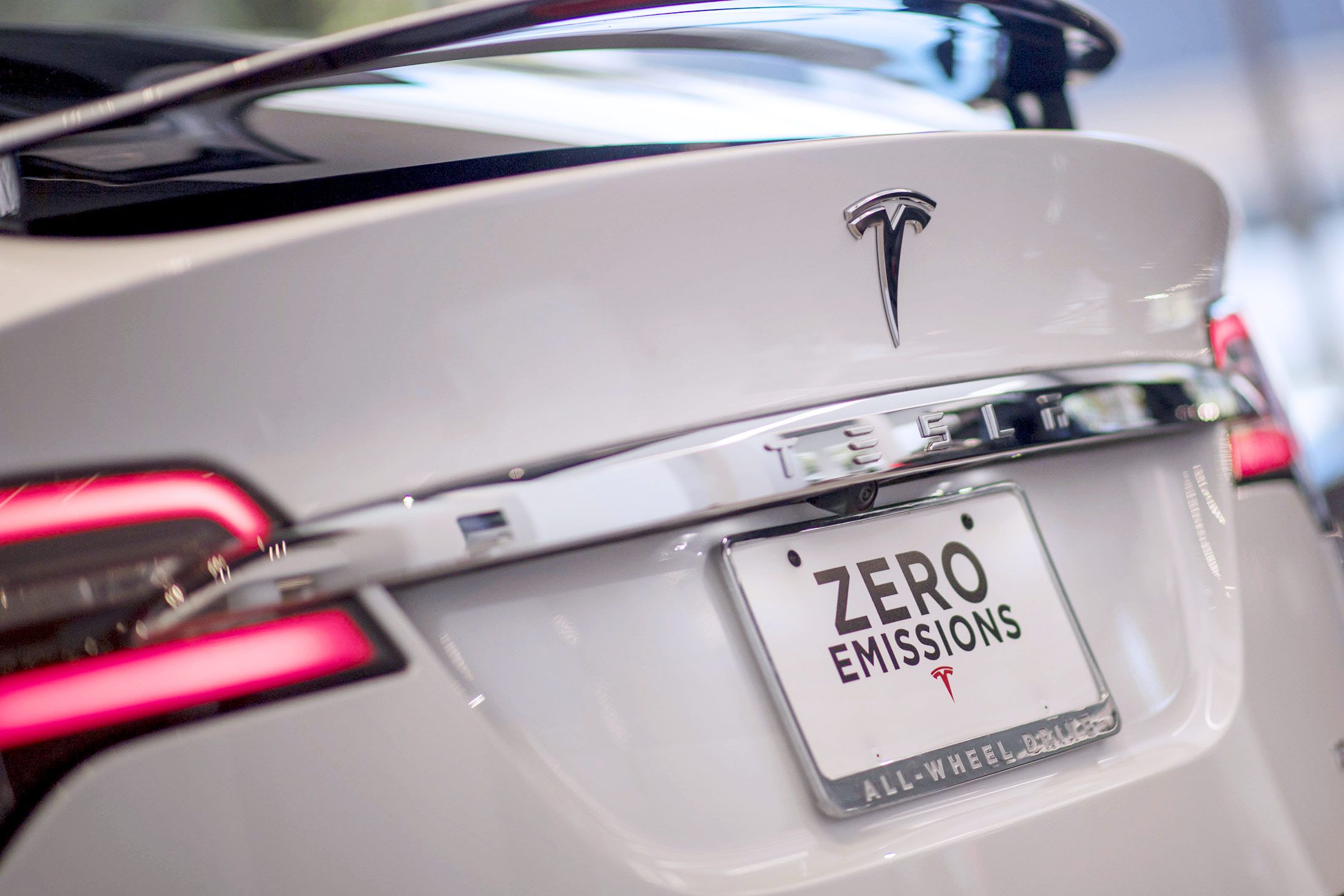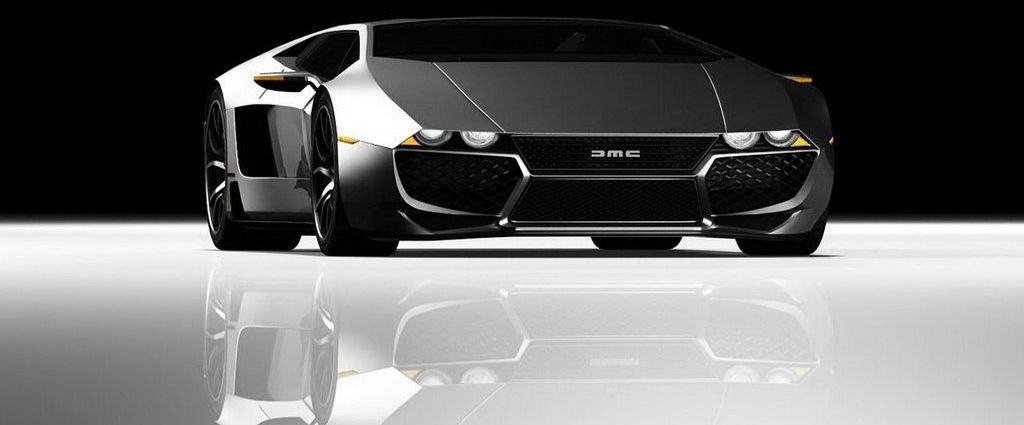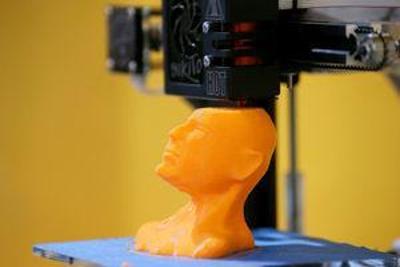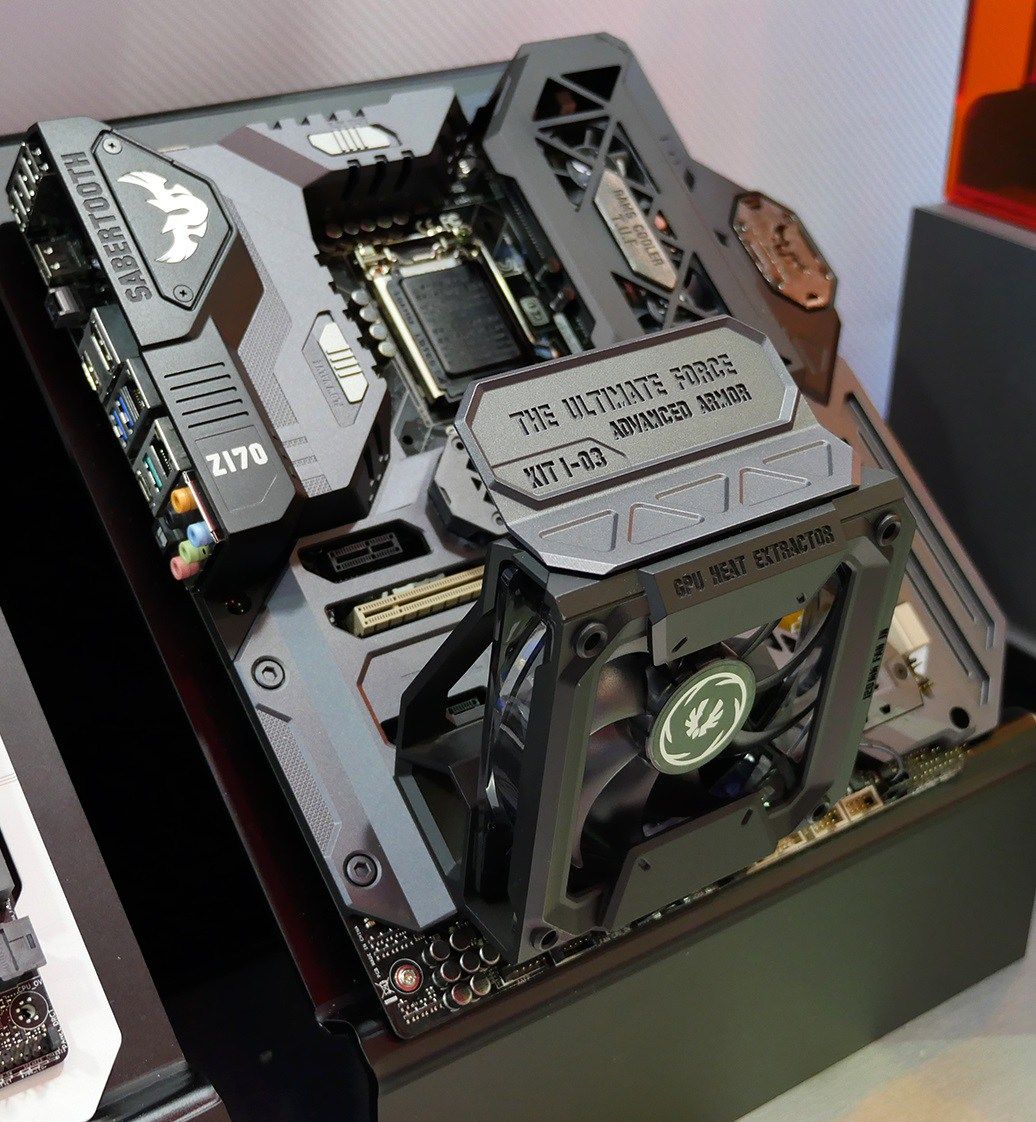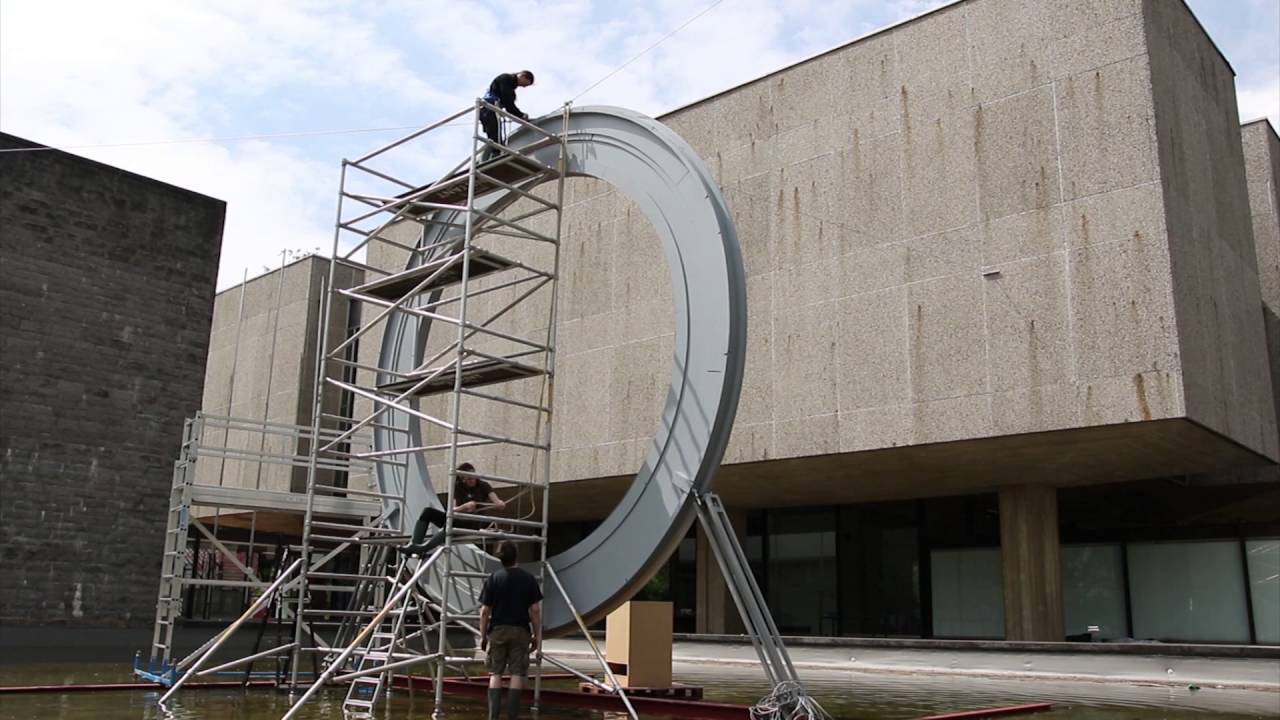Aug 27, 2016
Liquid Metals to “Soft-Wire” Elastic Electronics
Posted by Karen Hurst in categories: bioengineering, biological, particle physics, robotics/AI
“Liquid Metals to “Soft-Wire” Elastic Electronics”
A few years ago, some friends shared with me an amazing experiment of theirs involving liquid/ fluid base circuitry. Definitely is amazing; and is going to be amazing in where we are taking this type of technology along with synthetic biology.
The shape-shifting metals behind the T-1000 android assassin in the sci-fi movie Terminator 2 may not remain science fiction for long with the development of self-propelling liquid metals that could lead to the replacement of solid state circuits by elastic electronics.
Continue reading “Liquid Metals to ‘Soft-Wire’ Elastic Electronics” »



